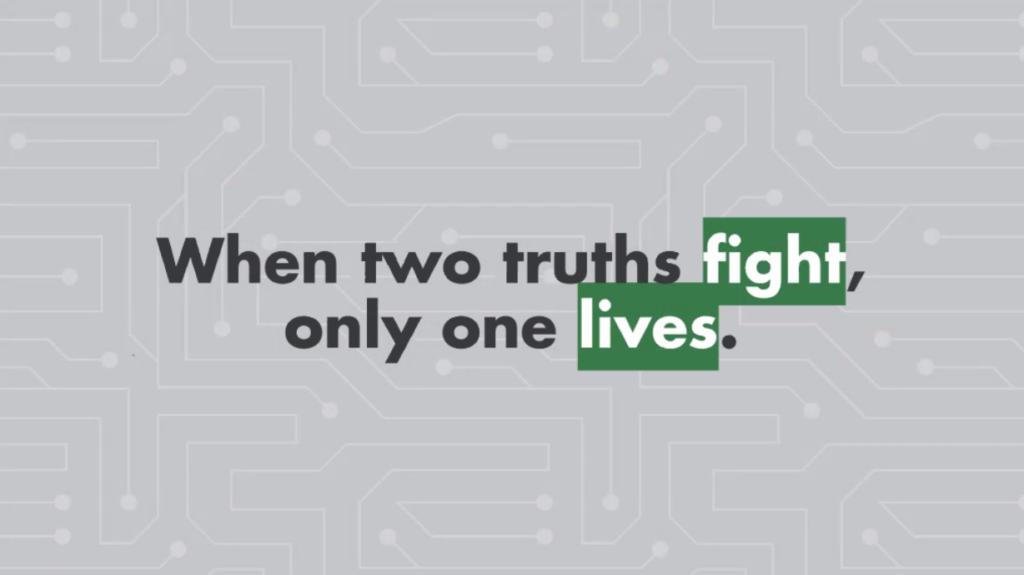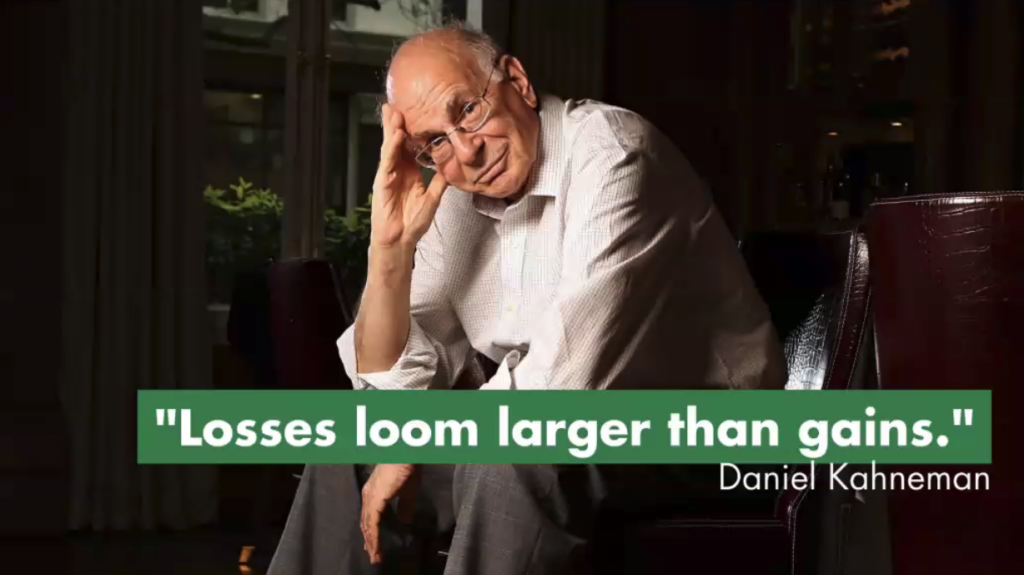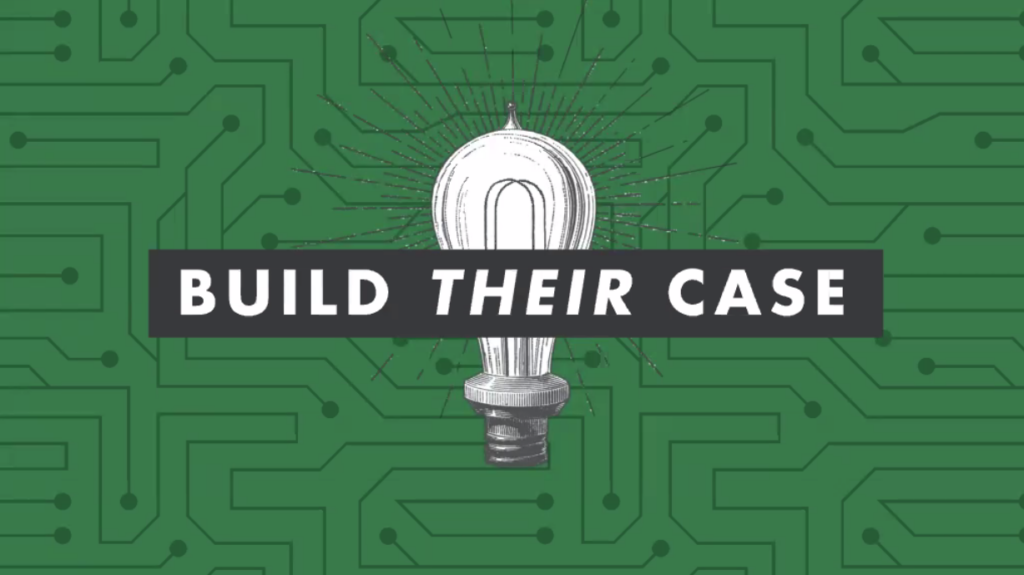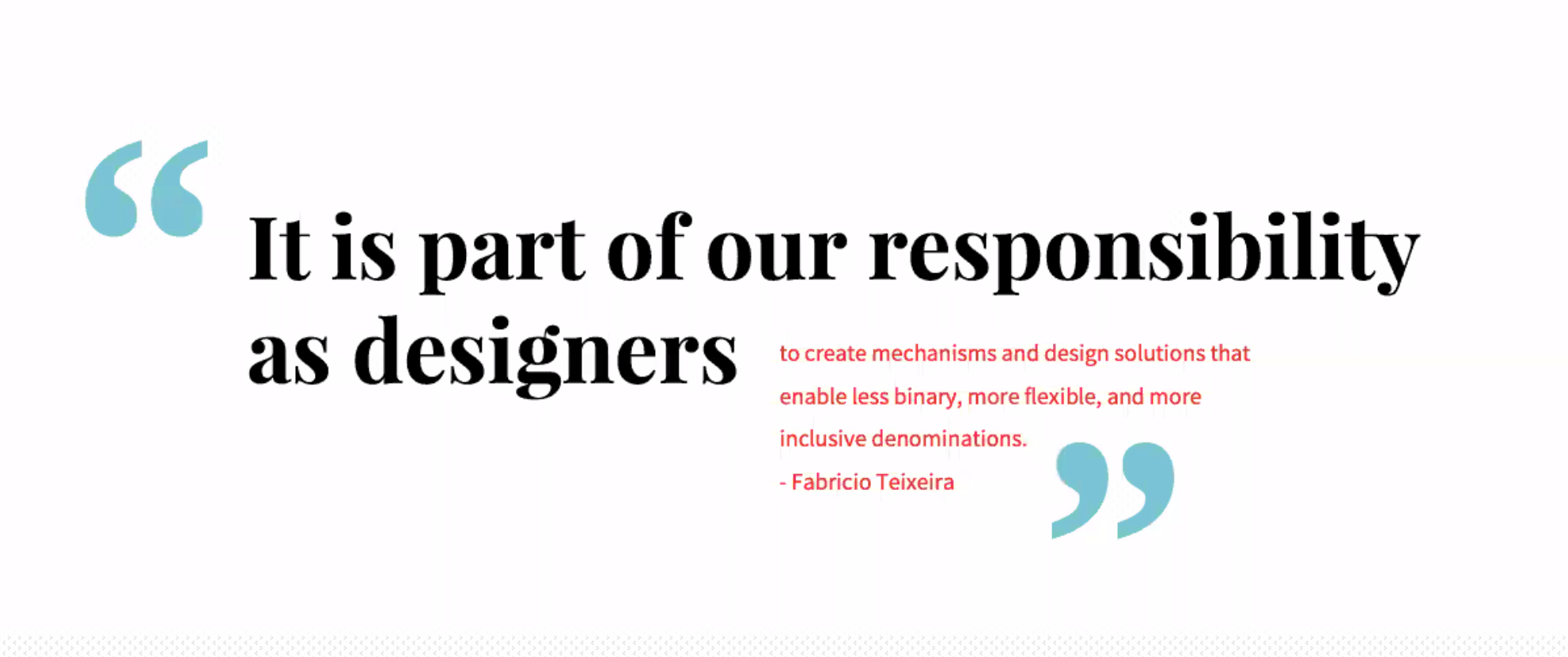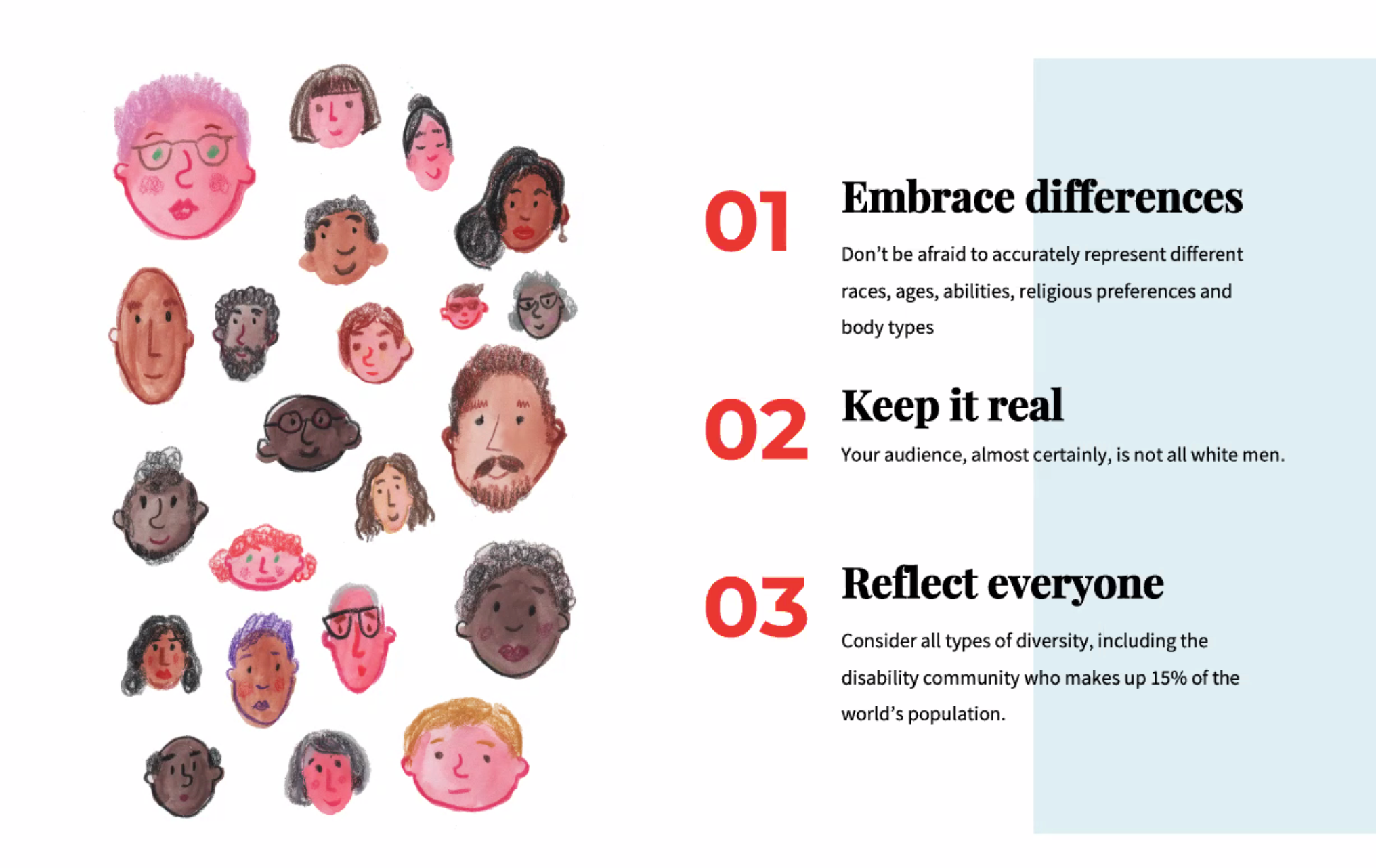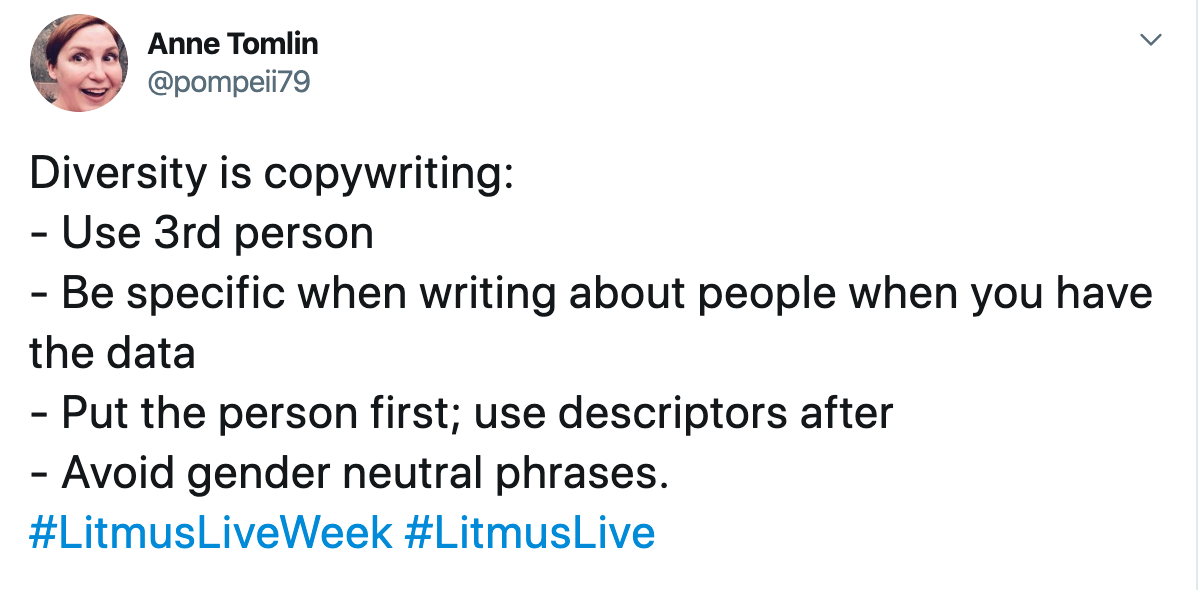Litmus Live Week 2020: Day 2 Highlights
Litmus Live Week Day 2 was another one for the books. So much so that Magan Le, Jaina Mistry, and I put together some takeaways from 3 of our live sessions. Plus, scroll on down to see what other email geeks are saying (shoutout to Whitney Rudeseal Peet!). We still have 3 days of email tips, how-tos, and Slack networking, so sign up now if you haven’t already.
Without further ado… Day 2 highlights below:
Getting the Green Light: How To Build Messages People Say Yes To | Tamsen Webster
Tamsen Webster is such an engaging speaker! She used both historical and personal storytelling to help us understand why audiences might be resistant to or regretful about our ideas—and how we as marketers should change our narrative.
Just heard an amazing talk by @tamadear during #LitmusLiveWeek that made me re-think the way I approach some aspects of copywriting. Loving this virtual conference!
— April Presnell (@APresnellAuthor) September 15, 2020
Here are the key takeaways:
People want to be seen as smart, capable, and good
It doesn’t matter if you’re right or if your product/service/idea literally saves lives. If you make people feel like they aren’t smart, capable, or good, it makes your right answer—your truth—feel wrong against their truth. People will outright refuse it.
This is called the Semmelweis effect: when we reject new information because it conflicts with what we believe to be right and true. And yet, marketers are taught to emphasize the gaps between what people have and what they want. “You’re doing it wrong, so buy our stuff.”
Pain is the enemy of long-term change
There’s a reason marketers rely so heavily on pain, often pointing out what’s wrong and how their solution saves the day. Pain drives action because “losses loom larger than gains.”
But this doesn’t drive lasting change. People might take action one time to avoid loss, but they won’t continue to do something that creates pain. These short-term results are the massive difference between action and change. And maybe you are looking for short-term results, and that can be okay. But if you want long-term results…
Tap into what people want and believe—and validate that
You can’t change people’s minds. Instead, reinforce what they already want and believe. Maybe you can call it ego, but hey, it works.
Tamsen used the example of Ignaz Semmelweis vs. Florence Nightingale, and how they each tried to get doctors to wash their hands to prevent spreading disease. Semmelweis challenged the doctors’ knowledge and cleanliness, so they never fully adopted hand washing. Nightingale, however, strengthened the doctors’ beliefs in their own knowledge and cleanliness by positioning hand washing as part of the nurses’ job. Nightingale had the nurses wash the doctors’ hands, emphasizing that it’s a nurse’s job to do the cleaning and the doctor’s job of being clean (which again, is something doctors already believed they were!).
This goes back to the first takeaway: We all want to be seen as smart, capable, and good—even if we may not actually be those things at any given moment.
LOOOOVED the #LitmusLiveWeek session from @tamadear on how to craft messages to get the "green light." It was enlightening, engaging, and funny! My key takeaway: People buy into things that validate what they *already* want and believe a.k.a. don't make people feel like crap. pic.twitter.com/uletBR1LQI
— Magan Le (@maganle) September 15, 2020
Designing Emails for Equity and Inclusion | Leslie LeCroy and Kathryn Colohan @ Ansira
Get tips on how to design, think, and art direct so that all intended (and unintended) audiences can read and connect to your message.
Here are the key takeaways:
Design email for everyone
15% of the world’s population is living with some sort of disability. While this number may not seem high on the outside, designing email with accessibility in mind not only benefits this 15% but benefits everyone. Your subscribers may use a screen reader to read your email out of preference in certain circumstances.
Designing with accessibility in mind makes your email more accessible for everyone.
Write copy everyone can understand
Reading and fully understanding email can be difficult when you suffer from a cognitive disability, a brain injury, or haven’t attained a certain level of education. But these alone don’t just make reading difficult—long sentences and words can make your emails hard to read for everyone.
Make your emails more readable by using shorter sentences and words. Write as if you were talking. And while this approach may be tricky for some brands or industries it’s something you can test and learn about. Try a different approach with your email copy and learn if it resonates better with your audience.
Challenge Unconscious Bias
As humans we’re prone to unconscious biases when selecting photos or illustrations, creating personas, selecting a tone of voice for copy, or even trying to picture your audience.
How can you challenge these biases? Ask questions! Challenge the stereotypical way of seeing things and avoid making assumptions.
Optimizing the Sales & Marketing Partnership: A Fireside Chat With Outreach | Harmony Anderson @ Outreach
I tuned into the fireside chat between our very own Cynthia Price and Harmony Anderson from Outreach to hear about the inner workings of what makes the Outreach demand generation team sing. In addition to being a pipeline-driven organization, it boils down to awesome Sales & Marketing alignment (I personally call that Smarketing).
So, just what does being a pipeline-driven demand gen team mean?
You can be lead-driven and get a bunch of clicks and form fills to hit those goals, but still not hit your revenue number. When you’re pipeline-driven, you’re about driving qualified people through your funnel that could turn into REAL REVENUE. If you’re trying to get buy-in from your executive team to transition from a leads-oriented org to a pipeline-driven one, Harmony shared two great tips:
- Ask the question: Do you want me to drive leads… or do you want me to actually drive opportunities? Most leaders will want the latter.
- Arm yourself with the data from your business and show the math. Start with something small you can try and drive impact where the math supports it.
So now that you’re pipeline-driven in your goals, just how DO you get Sales & Marketing on the same page?
Align on your Ideal Customer Profile, or ICP for short.
Agree on what makes a potential customer a good fit. Is it role, industry, behavior with your site, emails, etc.? Most businesses have a huge universe of opportunity. To get the most out of your efforts, sales and marketing should align on the ICP and coordinate efforts.
Embrace that customers want to be communicated with in different ways.
Make sure your strategy is multi-touch and multi-channel. Harmony suggested the following order to kick off your touchpoints once someone is qualified. She also mentioned 9 touchpoints being ideal within a 14-day timeframe.
Highly-personalized text email → Call→ Marketing email→ LinkedIn connect→ Call
NEVER point fingers at each other.
Want that smarketing bliss? This tip is key. Keep things humming along by:
- Align on goals where ALL can win and build program from that
- Meet with business partners (these could be your heads of sales and/or sales development, for example)
- Assume positive intent
- Keep reviewing criteria together
What Email Geeks are saying around the globe…

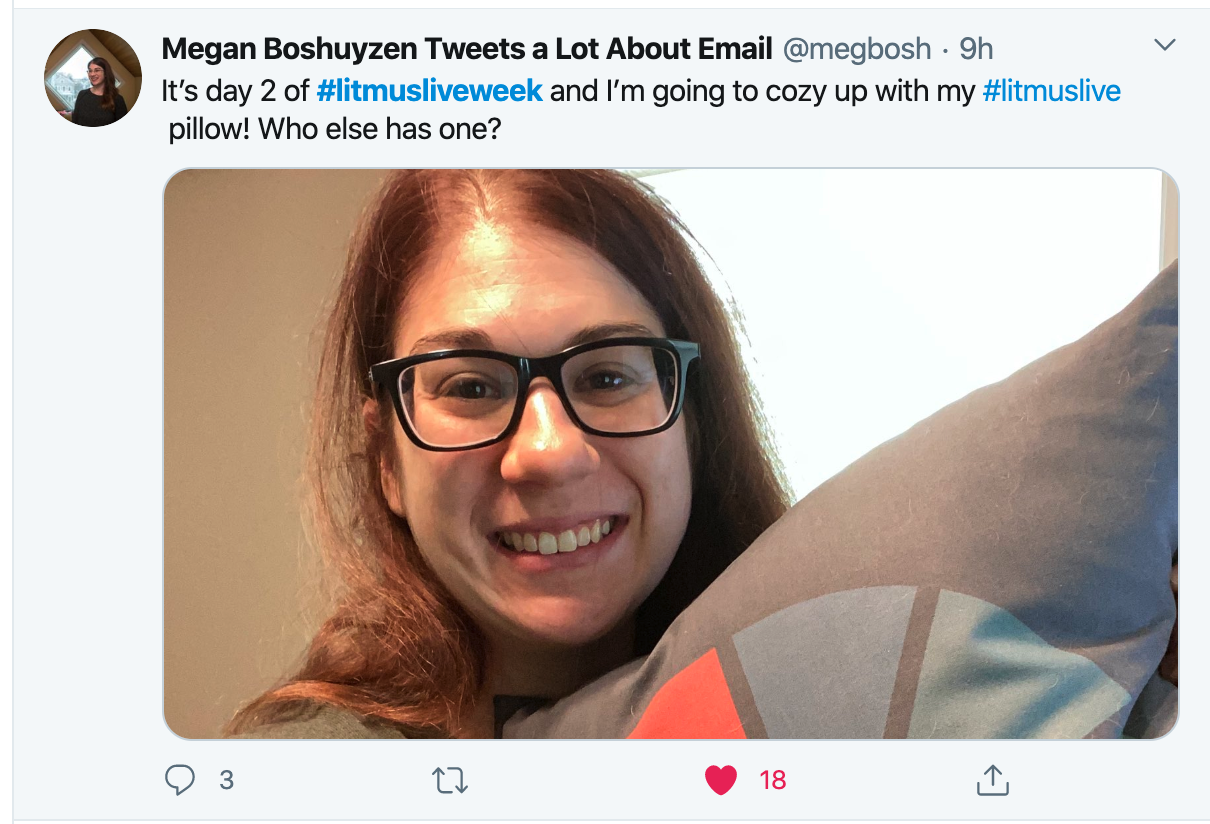
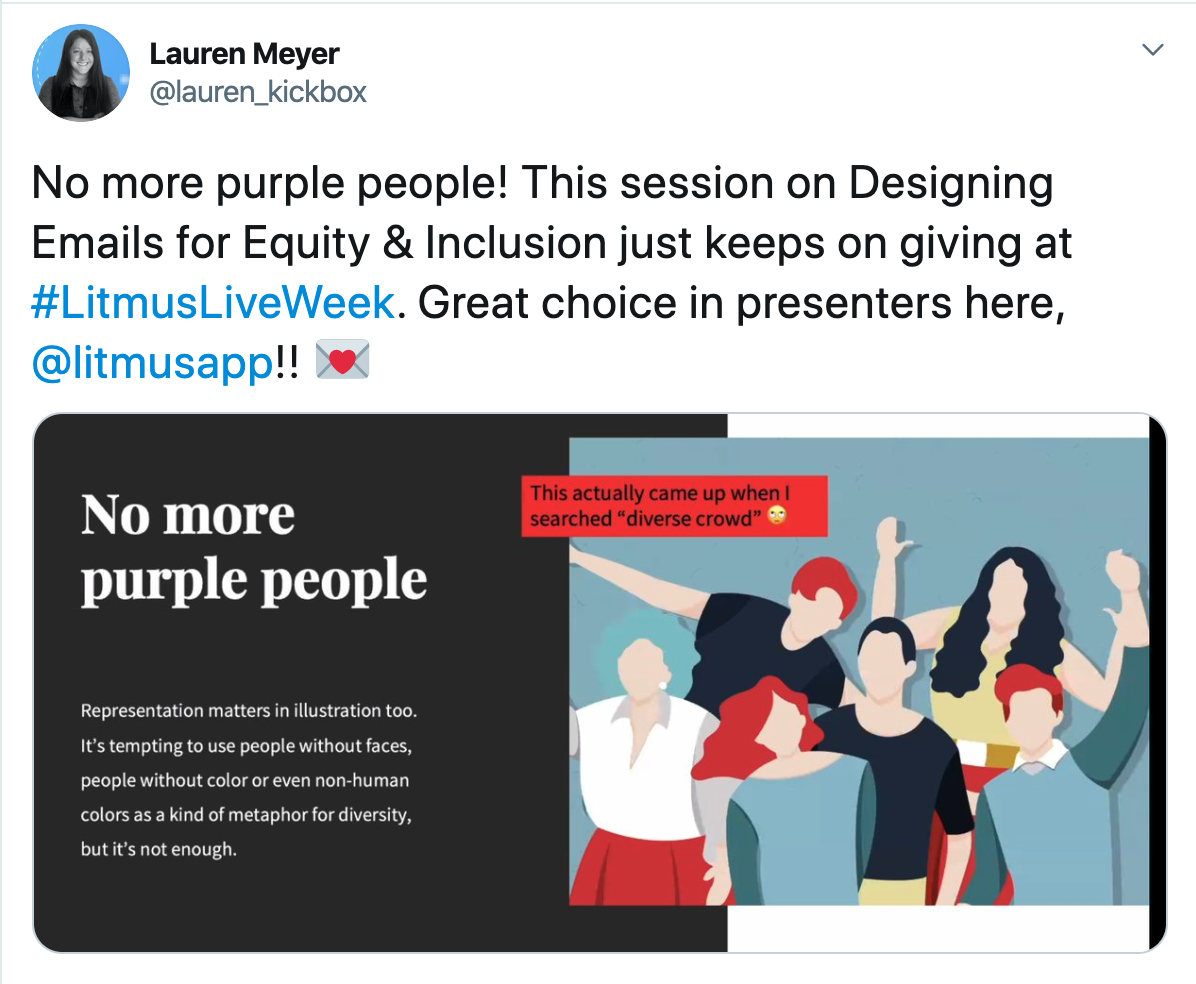
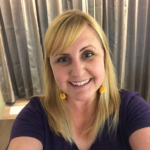
Megan Moller
Megan Moller was the Director, Content Marketing at Litmus
